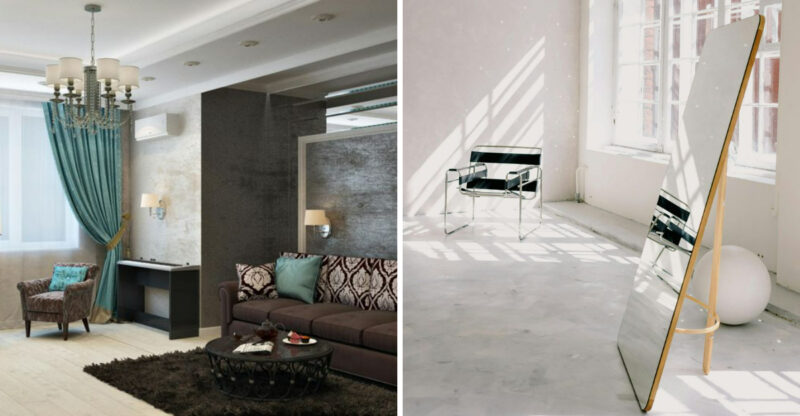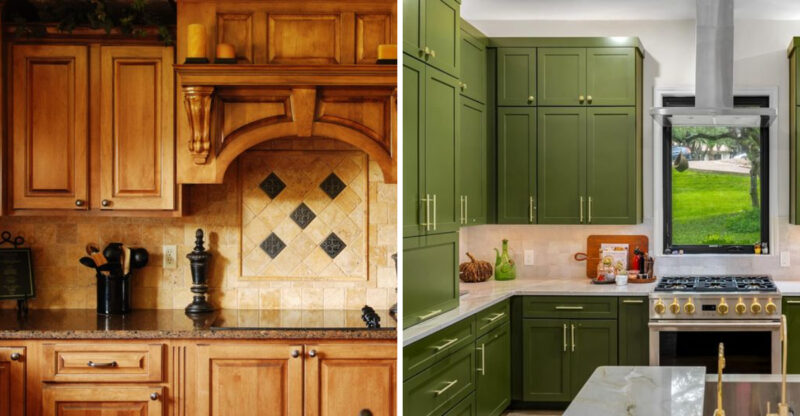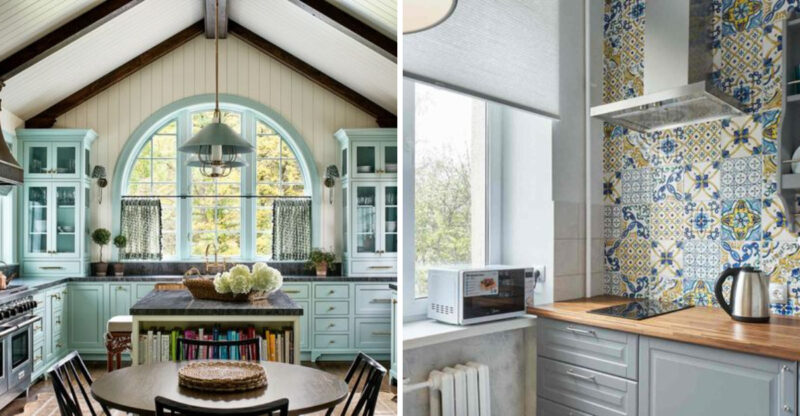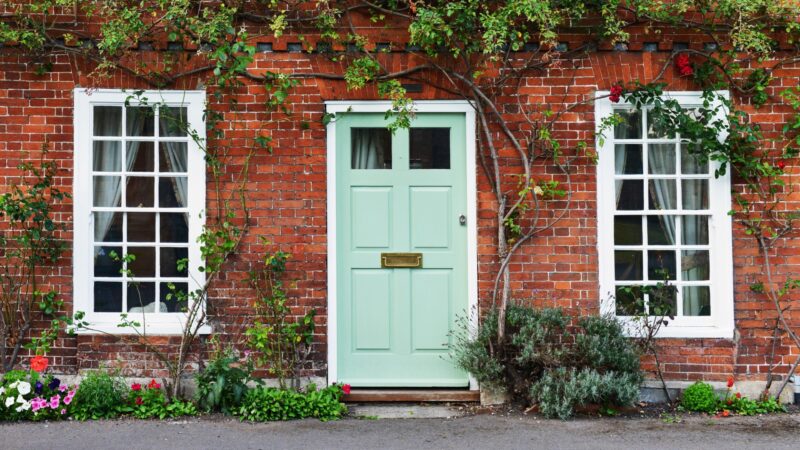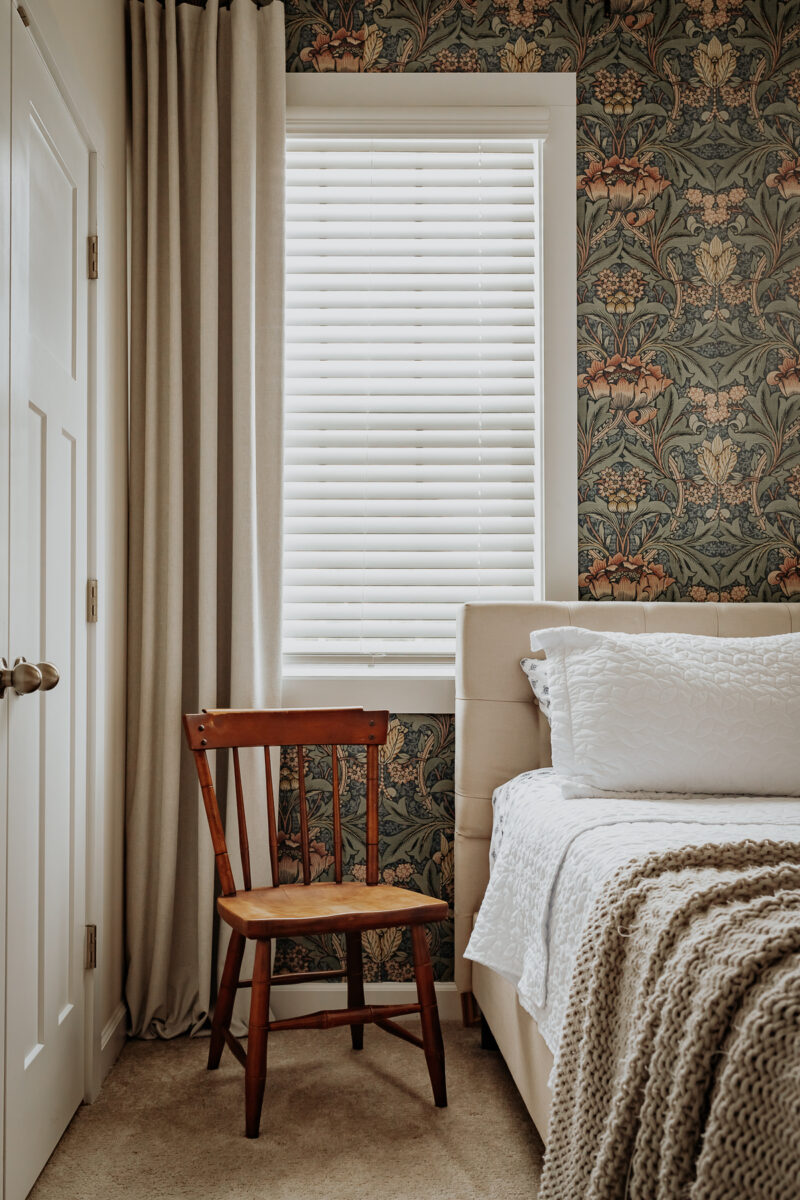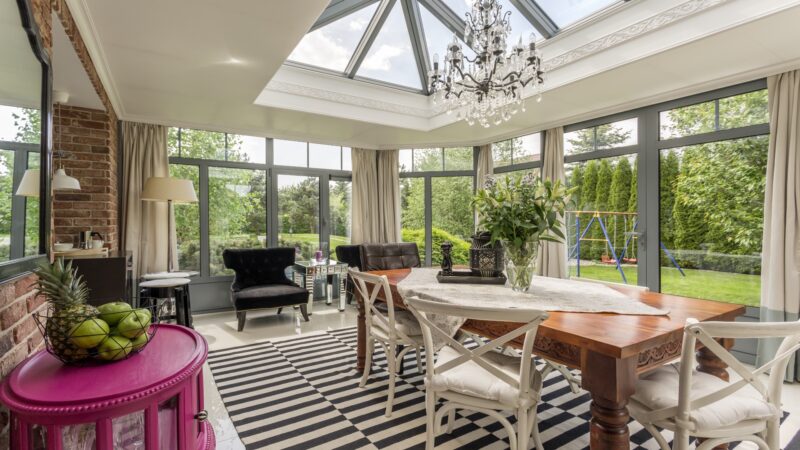8 Things That Make Houses Feel Unlived In
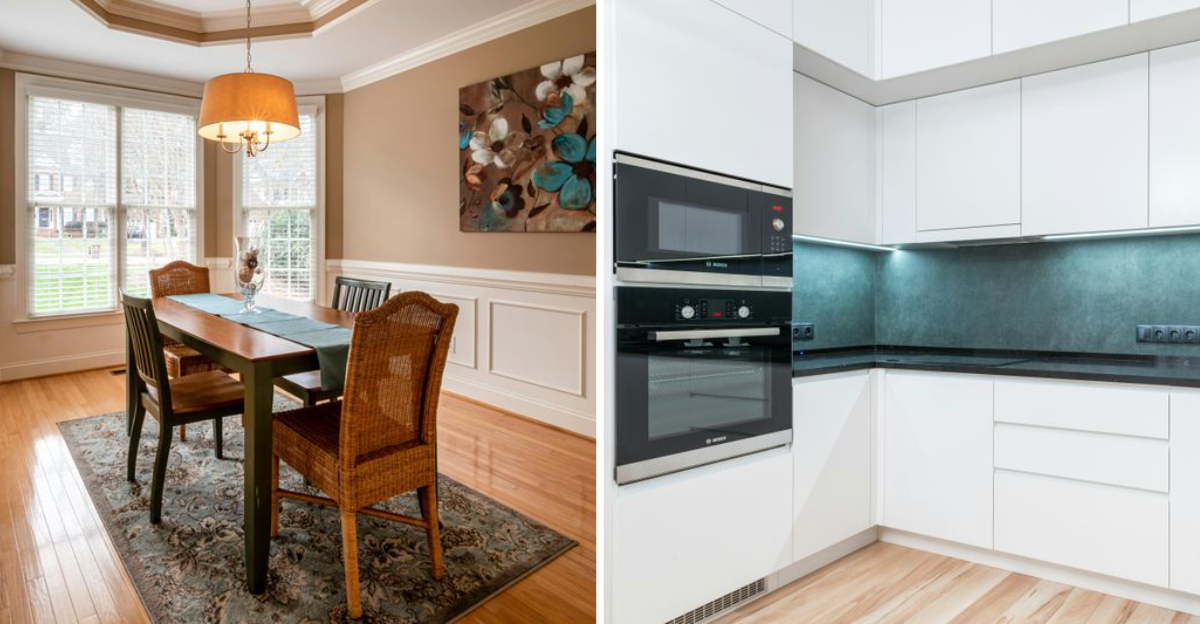
Have you ever walked into a house that felt strangely empty, even with furniture in place? That feeling often comes from subtle details indicating that nobody truly lives there.
Without the small touches of daily life personal items, lived-in textures, or thoughtful arrangements a home can feel more like a showroom than a cozy space for memories. While every home is different, these tips can help bring warmth and personality back to spaces that feel unlived-in.
1. Empty Shelves
Walking into a room with barren shelves creates an instant feeling of emptiness. Those blank spaces where books, trinkets, and mementos should live tell a story of absence rather than presence.
Shelves aren’t just for storage they’re display areas for life’s collected treasures. Family photos, travel souvenirs, and beloved books all signal that real people with interests and histories inhabit the space.
Even a few thoughtfully arranged items can transform sterile shelving into personality showcases. Consider mixing heights, textures, and personal items to breathe life into those horizontal spaces that otherwise scream “nobody lives here.”
2. Bare Walls
Walls without artwork, photos, or decorations create a stark, institutional feel that’s miles away from homey comfort. The absence of wall decor is perhaps one of the most immediate signs of an unlived-in space.
Hanging art isn’t just decorative it’s deeply personal. When we choose what to display, we share our aesthetic preferences, memories, and values. Even simple framed photos or postcards can transform blank walls into storytelling surfaces.
The echo in rooms with naked walls seems to amplify the emptiness. Adding just a few carefully chosen pieces at eye level can dramatically shift the atmosphere from temporary housing to permanent home.
3. Lack of Personal Photos
Houses without family photos feel like nobody’s history lives there. Those smiling faces, vacation snapshots, and celebration moments are the visual diary of a home’s inhabitants.
Personal photographs do more than decorate they anchor us to our memories and relationships. When visitors see your photos, they glimpse your world beyond these four walls. A home without these personal markers often feels like a hotel room functional but lacking emotional connection.
Even a small gallery wall or a few framed pictures on a side table can transform the energy of a space. They’re proof that laughter, love, and lived experiences happen here, not just sleeping and eating.
4. Minimal Furniture
Rooms with just the bare essentials perhaps only a couch and coffee table create an echo chamber effect that screams “temporary.” Furniture doesn’t just serve function; it creates conversation areas and cozy nooks that invite people to linger.
When furniture is sparse, there’s no visual suggestion of how people might gather or relax in the space. Missing are the side tables for setting down drinks, the reading chairs tucked into corners, or the ottoman where someone might prop their feet after a long day.
The way furniture fills a room indicates how the space is actually used. Without enough pieces to suggest daily activities, a house feels more like a waiting room than a living space.
5. No Throw Pillows or Blankets
The absence of soft textiles makes seating areas look uninviting and unused. Throw pillows and blankets are the ultimate signals of comfort and relaxation in a home they practically whisper “curl up here.”
These textile touches aren’t just decorative. They’re functional comfort items that suggest someone actually lounges, naps, or gets cozy in this space. When they’re missing, furniture looks like it’s never been truly lived on.
Beyond comfort, these soft accessories add color, texture, and personality to rooms. A basket of folded throws or an assortment of pillows transforms formal furniture into inviting havens where life happens, not just showpieces that remain perpetually pristine and untouched.
6. Unused Rooms
Houses with perfectly maintained rooms that serve no daily purpose give off serious “for display only” vibes. That formal dining room with chairs that have never held dinner guests or the sitting room where no one actually sits feels oddly artificial.
Real homes have spaces that show signs of regular use a slightly wrinkled throw rug, magazines on coffee tables, or dining chairs pulled out at casual angles. When every room looks like a museum exhibit, the whole house feels suspended in time rather than actively inhabited.
Even dedicated guest rooms benefit from touches that suggest regular attention fresh flowers, current magazines, or a book in progress on the nightstand can make seldom-used spaces feel connected to the home’s daily rhythm.
7. No Rugs or Mats
Bare floors throughout a home create a hollow, echoey feeling that lacks warmth. Rugs aren’t just decorative they’re acoustic softeners that absorb sound and make spaces feel inhabited rather than empty.
Walking into a house with no floor coverings feels distinctly temporary, like nobody has committed to making the space comfortable. The absence of welcome mats, kitchen runners, or bathroom mats suggests no one’s feet regularly travel these paths.
Beyond their practical functions, rugs define conversation areas and add texture to rooms. They’re among the first things that long-term residents add to make bare floors feel homey and lived-in, which is why their absence is so noticeable in spaces that lack permanent inhabitants.
8. No Kitchen Utensils Visible
Kitchens without the tools of cooking feel like movie sets rather than working heart-of-the-home spaces. When counters lack coffee makers, toasters, or cooking implements, it suggests no meals are actually prepared there.
Real kitchens have evidence of recent cooking a dish drying rack with clean plates, a fruit bowl with actual fruit, or a canister of frequently-used utensils. These items aren’t just functional but signal that nourishment happens here regularly.
The absence of cooking aromas is another telltale sign. Lived-in kitchens carry lingering scents of recent meals perhaps coffee from breakfast or herbs from dinner. A kitchen that smells only of cleaning products lacks the olfactory memory of shared meals that makes a house feel like home.

